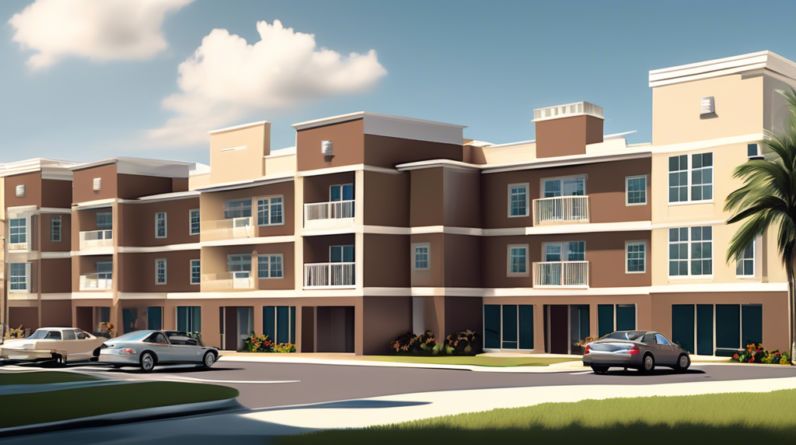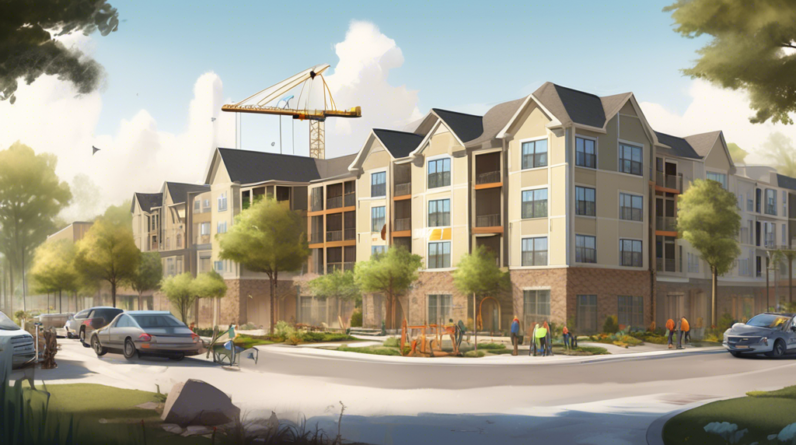Prime Office Space a Rare Commodity in Major Metros
The landscape of office real estate is rapidly evolving, and one trend is abundantly clear: prime office space is becoming increasingly scarce. In major metropolitan areas across the globe, less than 10% of available inventory qualifies for this coveted designation. This scarcity has significant implications for businesses seeking to attract and retain top talent, enhance their brand image, and optimize their operational efficiency.
Defining Prime in a Changing Office Landscape
Traditionally, prime office space conjured images of high-rise buildings in central business districts (CBDs), boasting prestigious addresses and commanding premium rents. While location remains a critical factor, the definition of prime has expanded to encompass a broader range of attributes that cater to the evolving needs of modern businesses.
Today, prime office space is characterized by:
- Strategic Location: Proximity to transportation hubs, amenities, and a vibrant ecosystem of businesses and talent.
- Exceptional Quality: Modern, well-maintained buildings with high-end finishes, advanced technological infrastructure, and sustainable design features.
- Amenity-Rich Environments: On-site amenities such as fitness centers, restaurants, collaborative workspaces, and outdoor spaces that enhance employee well-being and productivity.
- Flexibility and Adaptability: Office spaces that can be easily reconfigured to accommodate changing work styles, team sizes, and business needs.
- Strong Sustainability Credentials: Buildings designed and operated with a focus on energy efficiency, water conservation, and reduced environmental impact.
The Shrinking Supply of Prime Office Space
Several factors contribute to the dwindling supply of prime office space in major metropolitan areas:
- Limited New Construction: The pace of new office construction has not kept up with the demand for prime space, particularly in established urban cores where land availability is scarce and development costs are high.
- Increased Competition: A diverse range of industries, from technology and finance to creative and professional services, are vying for the limited supply of prime office space, intensifying competition and driving up rents.
- Flight to Quality: Businesses are increasingly prioritizing high-quality office environments as a means of attracting and retaining top talent, leading to a surge in demand for prime space that offers a superior employee experience.
- Urban Revitalization: Many cities are undergoing significant urban revitalization efforts, transforming older office buildings into residential, mixed-use, or alternative commercial spaces, further reducing the availability of traditional office inventory.
Implications for Businesses
The scarcity of prime office space presents both challenges and opportunities for businesses operating in major metropolitan areas:
Challenges:
- Rising Occupancy Costs: High demand and limited supply inevitably lead to increased rental rates, putting upward pressure on occupancy costs for businesses.
- Intensified Competition: Securing prime office space often requires businesses to compete aggressively with other companies, potentially leading to bidding wars and longer lease negotiations.
- Limited Flexibility: The lack of available options may limit businesses’ ability to find office space that perfectly aligns with their specific needs and growth plans.
Opportunities:
- Strategic Advantage: Securing prime office space can provide businesses with a significant competitive advantage by enhancing their brand image, attracting top talent, and fostering a more productive and engaging work environment.
- Increased Employee Satisfaction: High-quality office spaces with modern amenities and a focus on employee well-being can contribute to increased job satisfaction, reduced turnover, and improved productivity.
- Enhanced Collaboration and Innovation: Well-designed office spaces that encourage collaboration and creativity can foster a more innovative and dynamic workplace culture.
Navigating the Prime Office Market
Given the competitive nature of the prime office market, businesses need to adopt a strategic approach to secure the space they need:
- Plan Ahead: Start the search for office space well in advance of your desired occupancy date to allow ample time for due diligence, negotiations, and potential build-outs.
- Partner with Experts: Engage experienced real estate brokers and advisors who possess in-depth market knowledge, strong negotiation skills, and a network of industry contacts.
- Clearly Define Your Needs: Identify your non-negotiable requirements in terms of location, size, amenities, and budget to streamline the search process and avoid wasting time on unsuitable options.
- Be Prepared to Compromise: In a tight market, it’s essential to be realistic about your expectations and willing to compromise on certain aspects to secure the best possible space.
- Consider Alternative Locations: Explore emerging business districts or submarkets that may offer more competitive rental rates and greater availability while still providing access to key amenities and transportation links.
The Future of Prime Office Space
The demand for prime office space is expected to remain strong in the years to come, driven by businesses’ continued emphasis on employee experience, workplace culture, and strategic location. As a result, we can anticipate further tightening of the market and upward pressure on rental rates.
To adapt to this evolving landscape, businesses will need to be creative and flexible in their approach to office space. This may involve embracing hybrid work models, leveraging coworking spaces, or considering alternative locations. Ultimately, the key to success will lie in finding solutions that balance the need for high-quality space with financial prudence and the evolving needs of a dynamic workforce.







